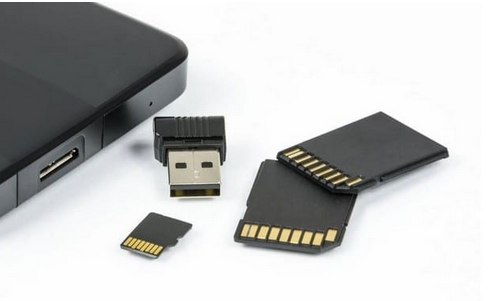Memory cards are an essential accessory for mobile users who require additional storage space for their photos, videos, apps, and other files. Choosing the right memory card for your mobile device can be overwhelming with so many available options. For more information on which mobiles offer the memory card option, you can visit mobilemarkaz. This blog will discuss the factors you need to know when selecting a memory card and provide tips on making the best choice.
Compatibility
Before purchasing a memory card, verifying that it is compatible with your mobile device is crucial. Most smartphones use microSD cards, but different types and sizes of microSD cards are available. Commonly, there are three types:
- microSD: The original microSD card, with a maximum capacity of 2GB.
- microSDHC (High Capacity): These cards range from 4GB to 32 GB.
- microSDXC (Extended Capacity): These cards offer a capacity of 64GB to a staggering 2TB.
To determine which type of microSD card your phone supports, consult your device’s user manual or check the manufacturer’s website. For example, if your smartphone only supports microSDHC cards, a microSDXC card will not work with your device.
Storage Capacity
The storage of a memory card is the key factor to consider. The capacity you need hinges on how you use your mobile device and the data you intend to store. Here’s a guide to help you decide:
- 16GB – 32GB: Suitable for casual users who store a moderate number of photos and apps but don’t need large amounts of storage for videos or high-resolution images.
- 64GB – 128GB: Ideal for users who take photos and videos, store many apps, and download large files or offline content.
- 256GB and above: Recommended for power users who record 4K videos, store extensive collections of high-resolution photos or use their mobile devices for professional purposes.
Remember that a memory card’s storage capacity is slightly less than advertised. Additionally, consider your future storage needs, as buying a higher-capacity card is often more cost-effective than replacing it with a larger one later.
Speed Class
The speed class of a memory card indicates its minimum sustained write speed, which is crucial for tasks like recording video or quickly saving large files. There are four main speed classes:
- Class 2: Minimum write speed of 2MB/s. Suitable for standard-definition video recording.
- Class 4: Minimum write speed of 4MB/s. Suitable for high-definition video recording.
- Class 6: Minimum write speed of 6MB/s. Suitable for full HD video recording.
- Class 10: Minimum write speed of 10MB/s. Suitable for full HD, 3D, and 4K video recording.
In addition to these classes, there are two Ultra High-Speed (UHS) classes:
- UHS-I: Offers write speeds between 10MB/s and 104MB/s. Ideal for full HD and 4K video recording.
- UHS-II: Offers write speeds between 156MB/s and 312MB/s. Suitable for professional applications such as high-resolution photography and 8K video recording.
When choosing a memory card, make sure its speed class meets the requirements of your mobile device. For example, if you frequently record 4K videos, opt for a Class 10 or UHS-I card to ensure smooth performance.
Application Performance Class
The Application Performance Class (A1 and A2) is a relatively new classification that indicates a memory card’s ability to handle app-related tasks, such as launching apps and loading files. A1 and A2 cards offer minimum random read/write speeds of 1500/500 IOPS and 4000/2000 IOPS, respectively. If you plan to store and run apps from your memory card, consider choosing one with an A1 or A2 rating.
Brand and Reliability
Choosing a reputable brand is essential to ensure reliability and durability when purchasing a memory card. Well-known memory card brands include SanDisk, Samsung, Lexar, and Kingston. While cheaper, off-brand memory cards may be tempting. They can be less reliable and more prone to failure, potentially resulting in data loss.
Additionally, look for memory cards with a guarantee or warranty, which can provide peace of mind in case of any issues.
Price
Lastly, consider the price of the memory card. While finding a card that meets your needs is essential, don’t overspend on features you don’t require. Higher-capacity cards and those with faster speed classes tend to be more expensive, so balance your needs with your budget.
Conclusion
Choosing the right memory card for your mobile device is crucial for optimal performance and storage capacity. To make an informed decision, consider factors such as compatibility, storage capacity, speed class, application performance class, brand reliability, and price. By carefully evaluating these aspects and balancing your needs with your budget, you can select a memory card that best suits your requirements and enhances your mobile experience. Remember to consult your device’s user manual or manufacturer’s website for compatibility information.





